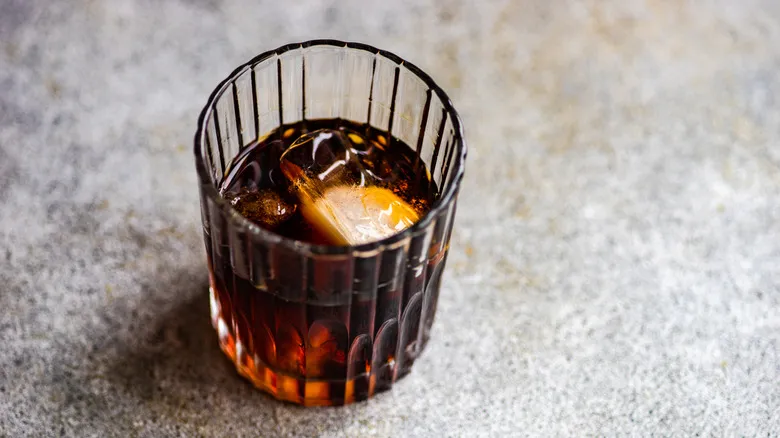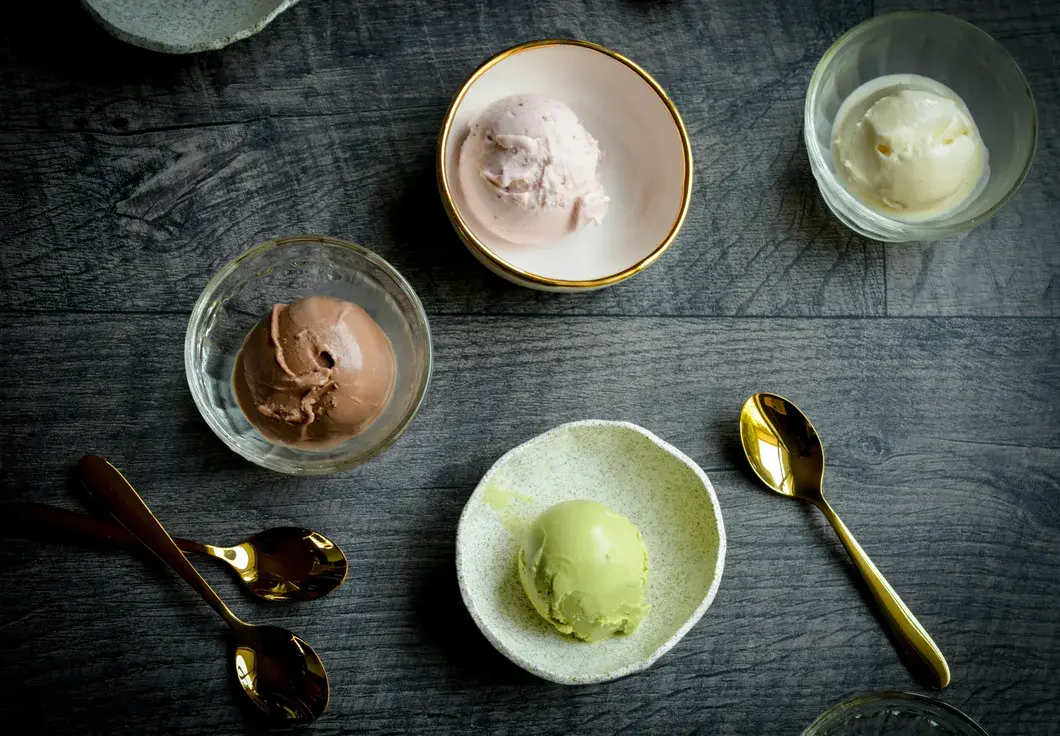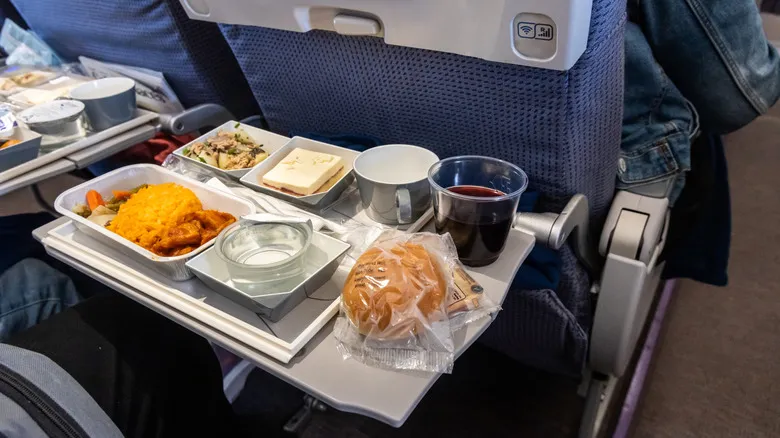Different types of vermouth
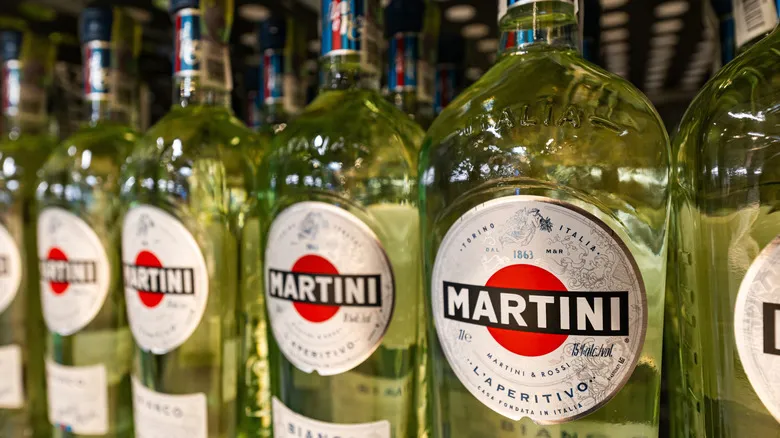
When it comes to taste, vermouth has a subtle wine-like quality, but its aromatic herbal notes are more pronounced. The flavor can vary significantly depending on the type of vermouth. There are two primary categories: dry and sweet, though many varieties exist in between. Additionally, vermouth comes in different colors, with white and red being the most common, along with a more contemporary rosé option.
Sweet vermouth is typically red, and its rich garnet hue might lead you to believe it’s made from red wine. However, its color actually derives from the added herbal components and sometimes caramel coloring. While it leans towards sweetness, red vermouth also features bitter notes, along with woody, fruity, and spicy undertones. Rosé vermouth, which may be based on rosé wine, generally has a sweeter profile and is often infused with flavors and colors from fruits and flowers, such as grapefruit and sakura blossoms.
Dry vermouth is always clear, and as its appearance suggests, it offers a lighter sipping experience. It tends to be more bitter than red vermouth, with prominent floral and citrus notes. Extra dry vermouth is similar in flavor to dry vermouth but has a significantly reduced sweetness and a more herbaceous character. Bianco vermouth occupies a middle ground between sweet and dry, exhibiting a light yellow to pale amber color and a blend of floral and herbal flavors.
How to drink vermouth
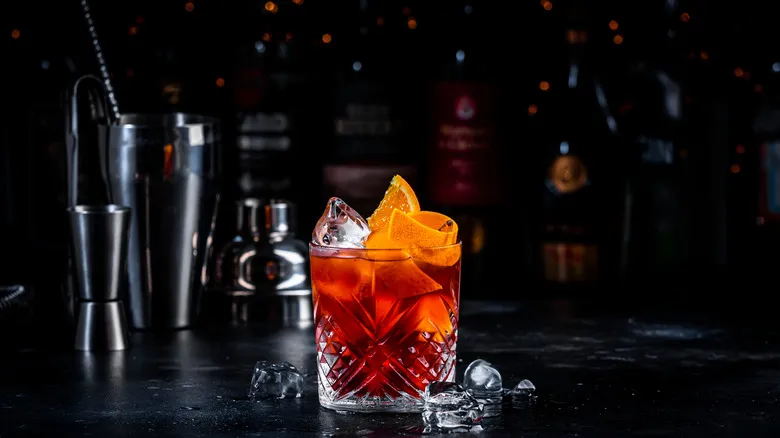
For enjoying straight, sweet red, dry white, and Bianco vermouths are perfect choices—extra dry is better suited for cocktails. Rosé vermouth is also great for sipping on its own, but it's not commonly found in bars; you'll likely need to order it online or pick it up at a liquor store for home enjoyment. Serving vermouth as an apéritif is easy: just pour it over ice with a slice of orange and/or olives. For an added twist, mix in a splash of soda water and a dash of orange bitters.
The variety of cocktails that incorporate vermouth is quite impressive, so let's begin with the most iconic. The classic Martini utilizes extra dry vermouth to enhance the flavor and depth of the vodka or gin base. A helpful tip: a "wet" Martini contains more vermouth, while a "dry" Martini has a higher ratio of vodka or gin. Cocktails that include dry white wines, clear spirits, or spritz drinks are typically excellent matches for dry white vermouth.
Red vermouth complements richer and darker flavors, such as whiskey, Campari, Amaro, smoky mezcal, and chocolate bitters. The gin-forward Negroni and Manhattan are two well-known cocktails that rely on this bittersweet liqueur.
What is vermouth hour or aperitivo time?
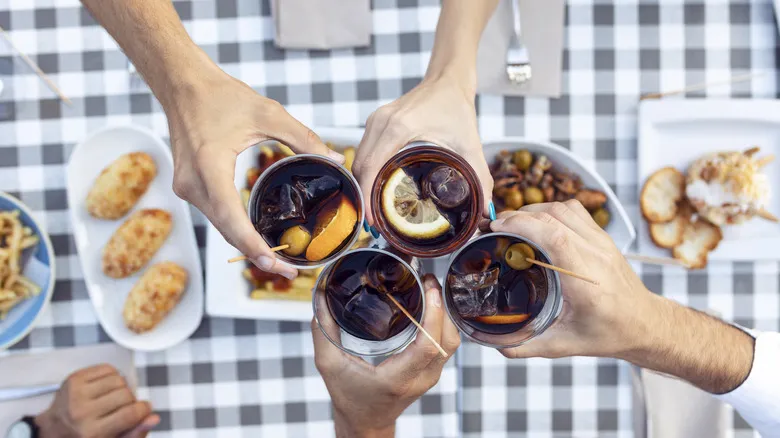
If you find yourself fortunate enough to be in Spain, you'll discover that "vermouth hour" is a cherished tradition, particularly in the Northern region of Catalonia and its capital, Barcelona. This delightful ritual was brought to the area by Italians in the 19th century and has since become a staple beverage. Typically enjoyed before or after lunch and during weekend afternoons, vermouth hour consists of savoring an ice-cold glass (or two) of red vermouth with friends. These drinks are often paired with savory tapas, such as olives, nuts, crackers, or breadsticks.
In Italy and France, the concept of aperitivo time is also widely embraced. Although it may not be specifically called vermouth hour as in Spain, a variety of apéritifs are enjoyed after work, around 6 p.m., in these countries, with vermouth being a favored option. In Italy, red vermouth tends to be more popular, while in France, white vermouth is the preferred choice.
Recommended
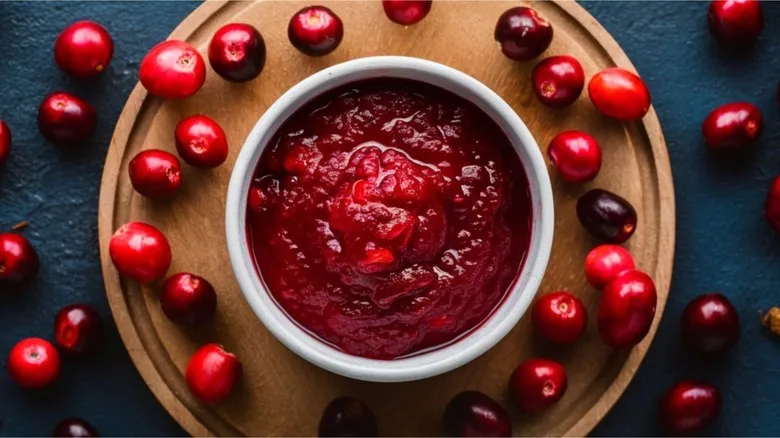
Give Canned Cranberry Sauce The Bold Boost It Needs With A Boozy Addition
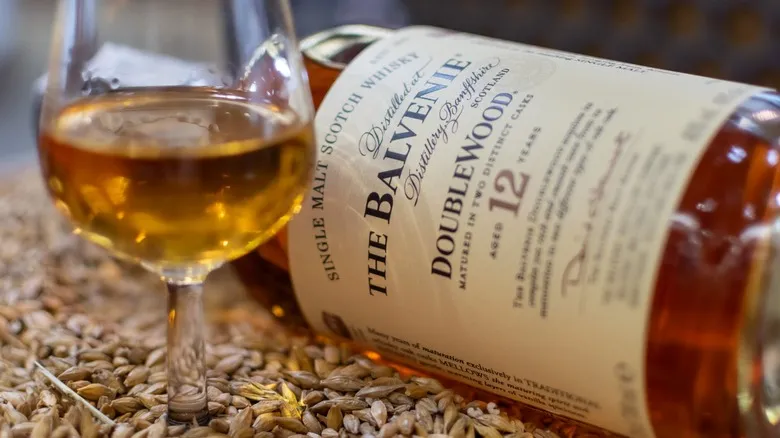
What's Special About Balvenie Whisky?
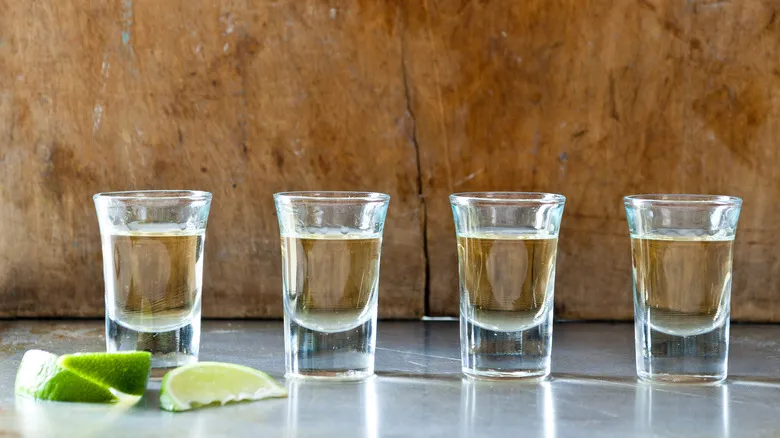
The Breakfast Staple That Works As The Absolute Best Tequila Mixer
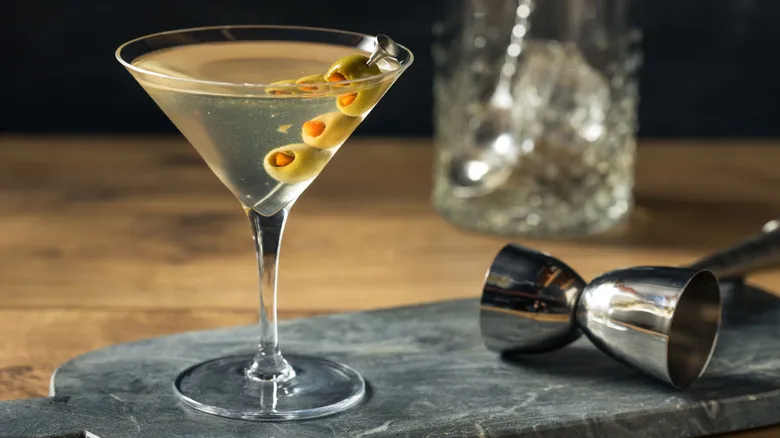
The Ice Cube Tray Trick For Better-Tasting Dirty Martinis
Next up

